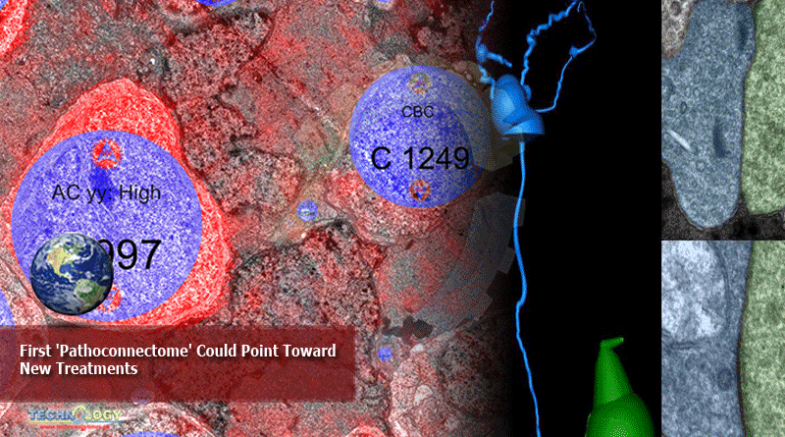The National Institutes Of Health (NHI)-Funded Lab Has Produced First Pathoconnectome, Showing How Eye Disease Alters Retinal Circuitry.

Scientists from the John A. Moran Eye Center at the University of Utah have achieved another first in the field of connectomics, which studies the synaptic connections between neurons. Moran’s Marclab for Connectomics was the first to complete a map of the circuitry of the retina, or connectome, in 2011
The implications of the published research, A pathoconnectome of early neurodegeneration: Network changes in retinal degeneration, extend far beyond eye diseases. The eye holds lessons applicable to a host of neurodegenerative diseases including Alzheimer’s, Parkinson’s, epilepsy, and Lou Gehrig’s disease.
“The components of neurodegeneration we see in the eye seem to mimic those we see in the brain,” explained the paper’s lead author, Moran’s Rebecca L. Pfeiffer, PhD. “So this pathoconnectome is allowing us to learn fundamental rules of how neurodegenerative diseases alter neural networks in general. The ultimate goal is to identify how we might develop new therapies based on preventing or interfering with the network rewiring prompted by disease.”
The Marclab developed the pathoconnectome from a model of early-stage retinitis pigmentosa (RP), an inherited retinal disease that can lead to blindness. The immense data set compiled to construct the pathoconnectome has taken years to assemble and is open for use by other scientists. The Marclab is working on a second and third pathoconnectome that will show how the retina rewires itself in later stages of RP.
This news was originally published at eurekalert.org
